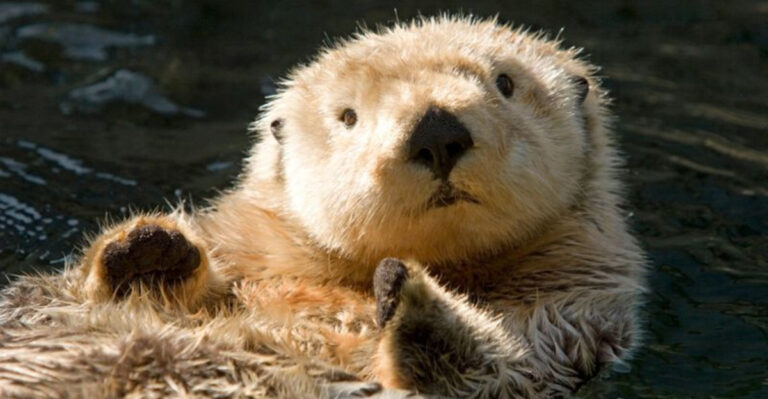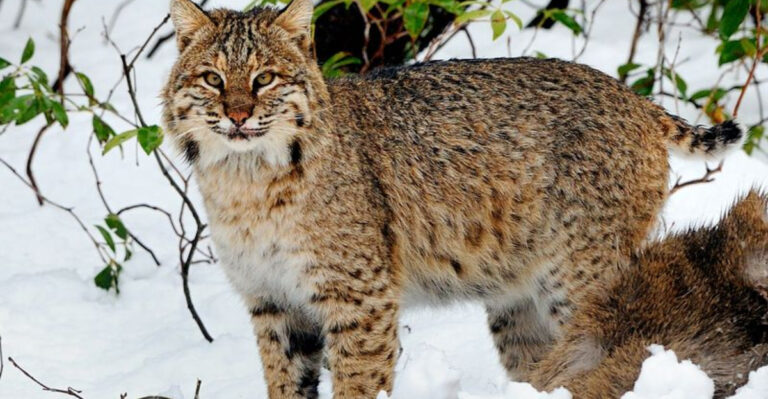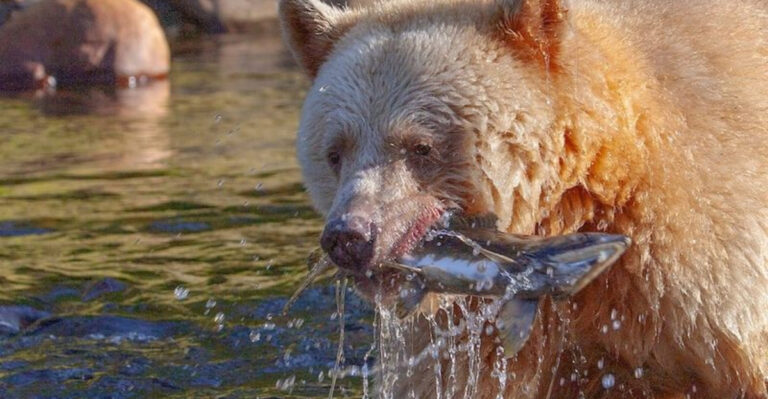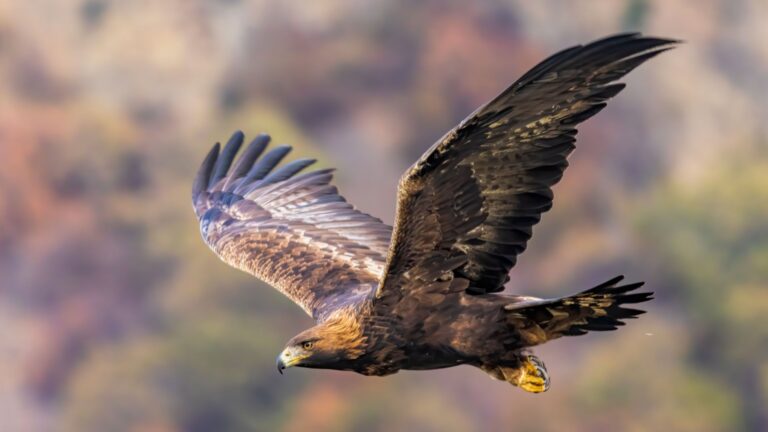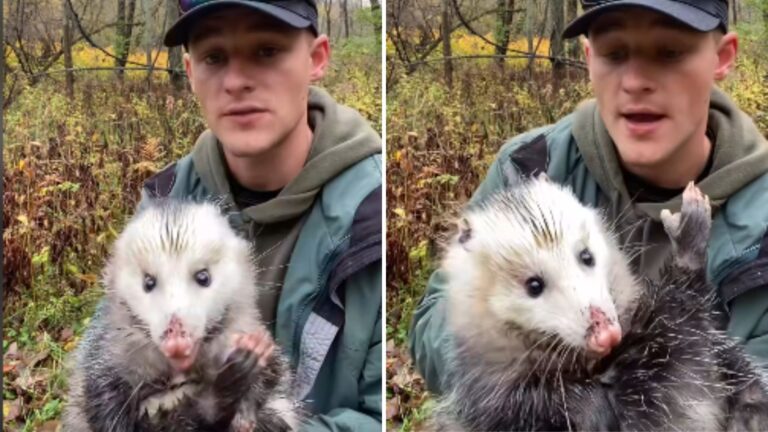The Secret Guardians Of Our Ecosystem And How Bobcats Keep Nature In Balance
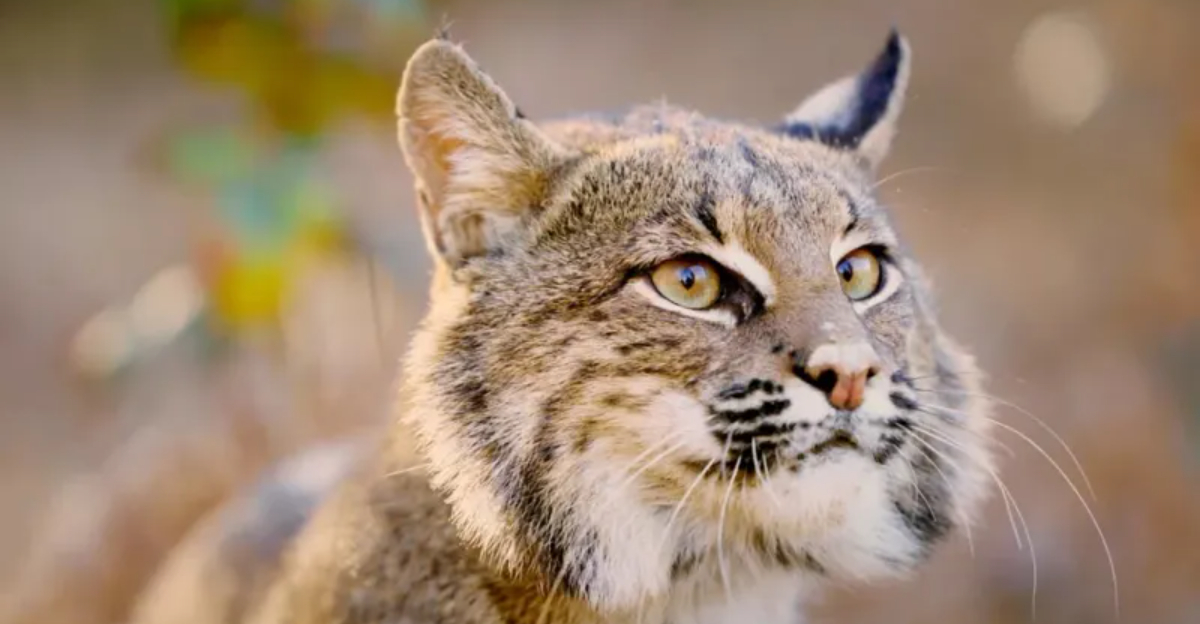
Hidden in the shadows of forests and mountains lurks one of North America’s most efficient wildlife managers.
Bobcats might seem like just another predator, but these elusive felines are actually ecological superheroes working behind the scenes. Their presence affects everything from rodent populations to forest health, creating ripple effects that benefit entire ecosystems in ways most people never notice.
Rodent Population Control
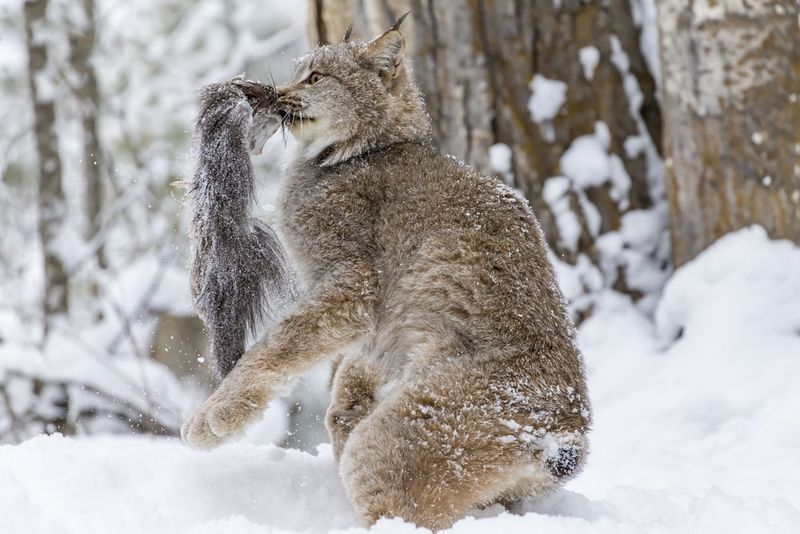
Ever wonder why some areas don’t get overrun with mice and rats? Thank your local bobcat! These medium-sized cats consume up to 3 pounds of prey daily, with rodents making up about 75% of their diet.
Without these spotted hunters patrolling the landscape, rodent populations would explode, damaging crops and spreading diseases that affect humans and wildlife alike.
Rabbit Regulation Masters
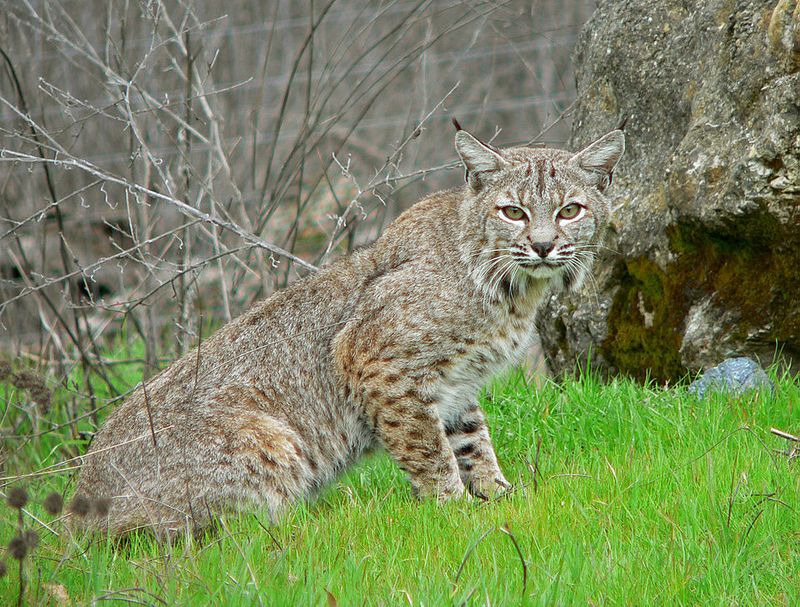
Rabbits reproduce at astonishing rates – a single pair can produce up to 30 offspring annually! Bobcats help keep these numbers in check, preventing rabbit overpopulation that would devastate native vegetation.
By maintaining this balance, bobcats indirectly protect plant diversity and ensure other herbivores don’t face food shortages due to rabbit competition.
Forest Health Promoters
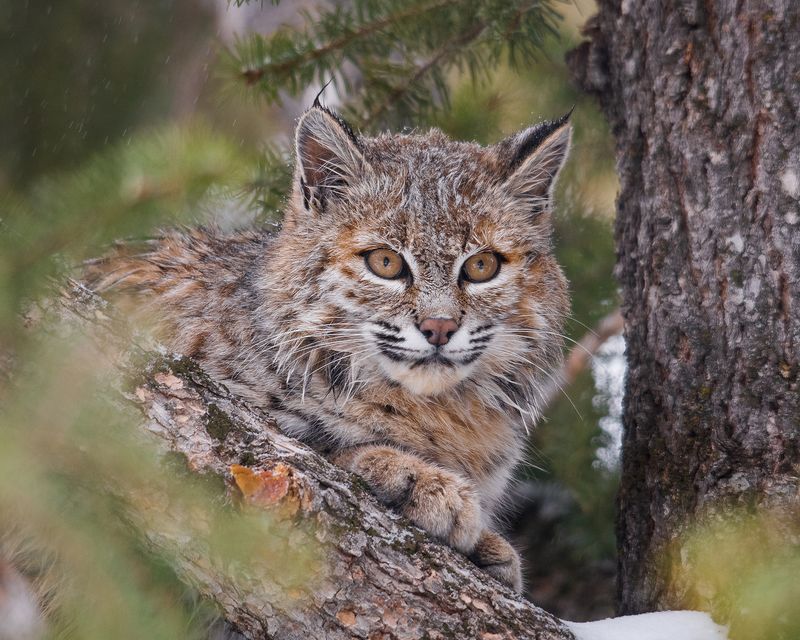
Forests thrive when herbivore numbers stay balanced. By hunting deer and other plant-eaters, bobcats prevent overgrazing that can stunt forest regeneration.
Young trees get a fighting chance when bobcats keep deer populations in check. This protection of seedlings ensures forests remain diverse and healthy for generations, creating habitat for countless other species.
Disease Spread Prevention
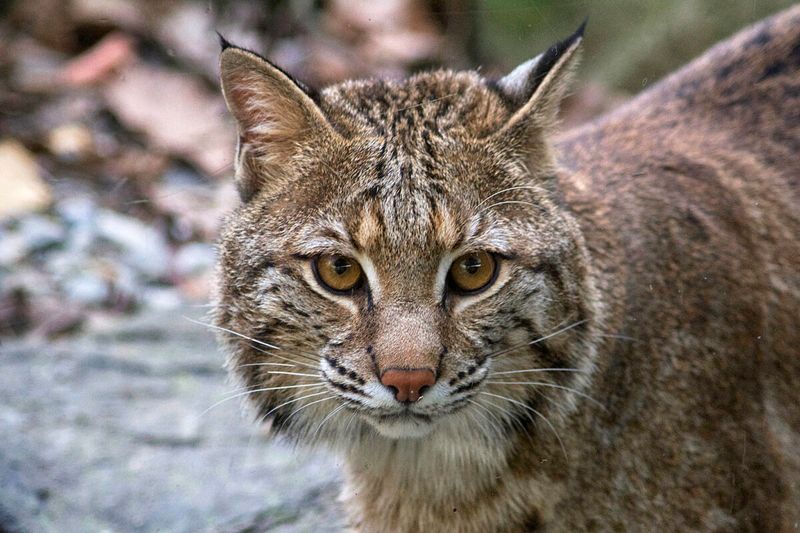
Nature’s health inspectors are on patrol! Bobcats often target sick or weak animals first, removing them from the population before illnesses can spread.
This natural selection process helps prevent wildlife disease outbreaks that could otherwise decimate entire populations. By culling the infected, bobcats serve as living vaccines for the ecosystem, maintaining healthier wildlife communities overall.
Bird Nest Protectors
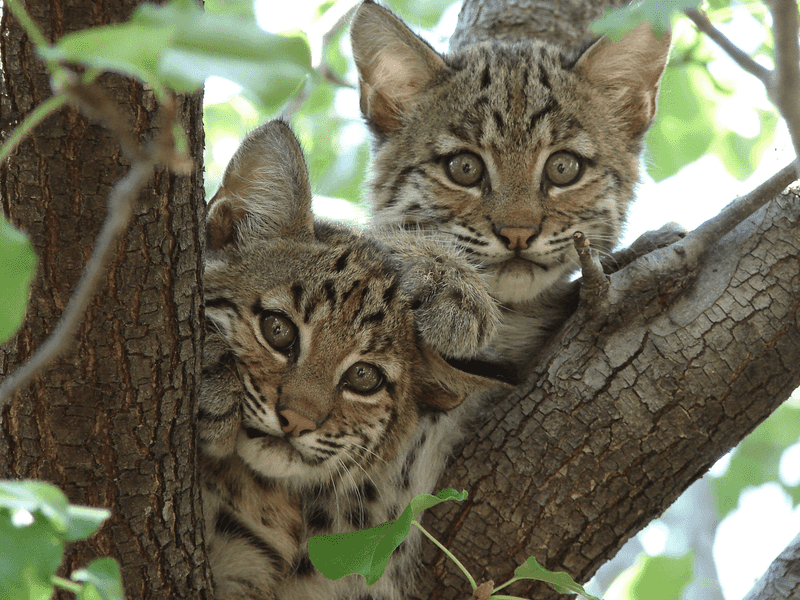
Squirrels and chipmunks love raiding bird nests for eggs and chicks. When bobcats keep these small mammals in check, more birds successfully raise their young.
This surprising connection means bobcats indirectly support healthier bird populations. The relationship highlights how predators create complex benefits that cascade through food webs, affecting species they never directly interact with.
Agricultural Allies
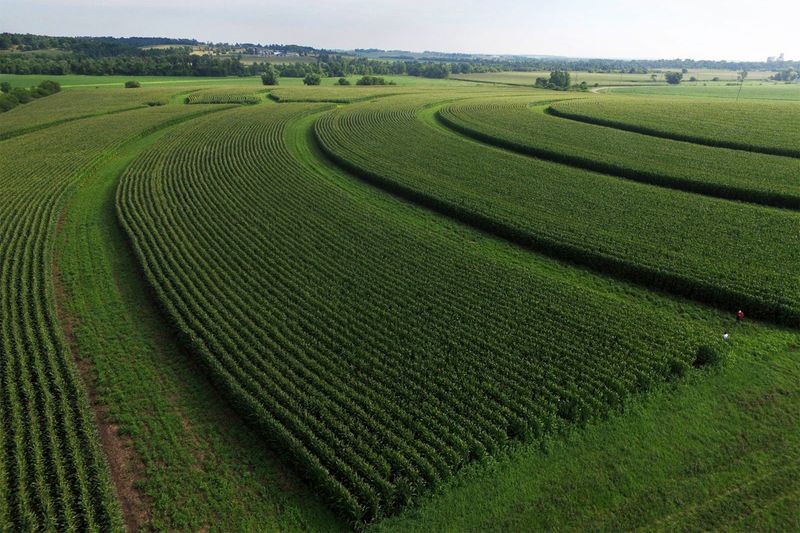
Farmers have natural partners in bobcats! These felines hunt the rodents and rabbits that damage crops and stored grain, providing free pest control services worth thousands of dollars annually.
Unlike chemical pesticides, bobcats target pests without harming beneficial insects or contaminating soil and water. Their hunting territories often include farmland edges, creating a natural buffer against agricultural pests.
Mesopredator Release Prevention
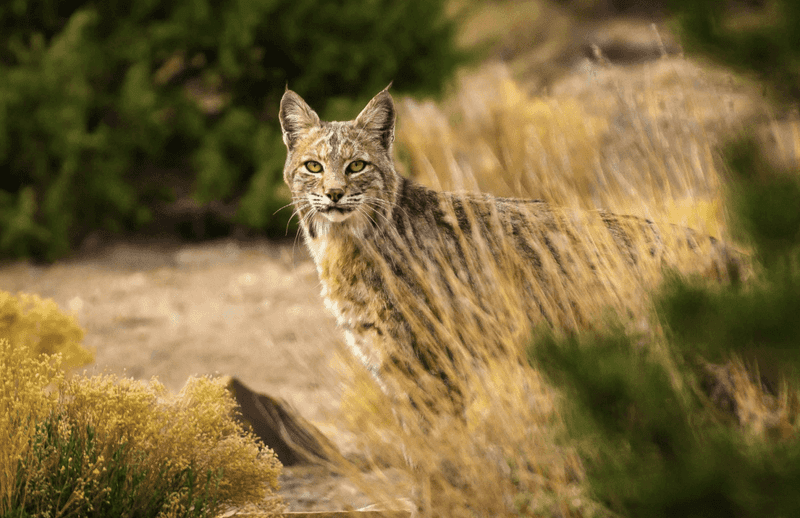
When bobcats disappear from an area, something curious happens – smaller predators like foxes and raccoons boom in numbers. Scientists call this “mesopredator release,” and it wreaks havoc on ecosystems.
By keeping these medium-sized predators in check, bobcats protect ground-nesting birds and other small creatures that would otherwise face increased predation pressure from too many foxes and raccoons.
Nutrient Cycling Enhancers
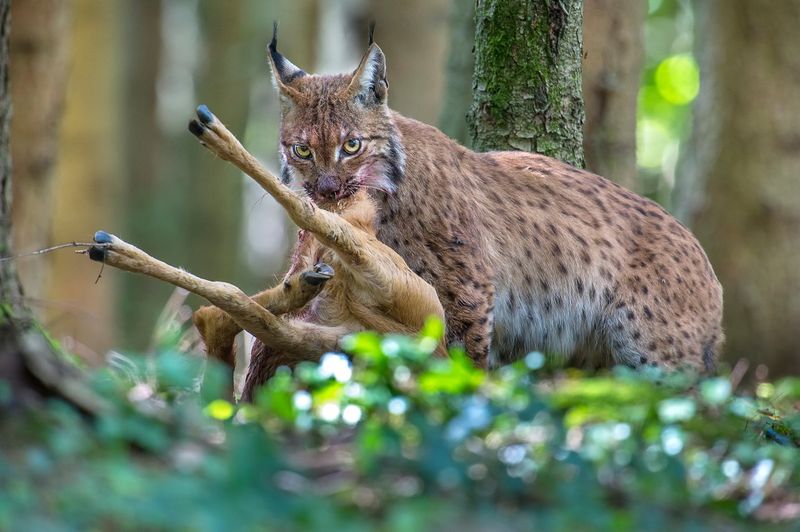
After a bobcat makes a kill, it rarely consumes everything. The remains become food for scavengers and decomposers, speeding up nutrient cycling in the ecosystem.
These leftover meals feed everything from eagles to beetles to soil microbes. The nutrients from carcasses enrich the surrounding soil, creating hotspots of plant growth and biodiversity in a fascinating example of nature’s recycling program.
Behavioral Ecology Influencers
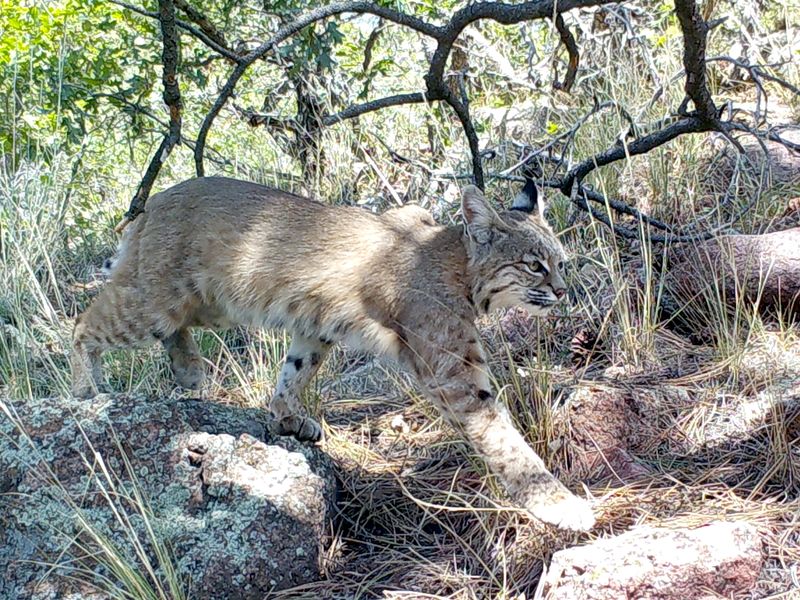
Prey animals behave differently when bobcats are around! This “ecology of fear” changes where and when prey species feed, rest, and travel, preventing overuse of any single habitat area.
Deer and rabbits become more vigilant and spend less time in any one location when bobcats patrol. This behavioral shift creates a more even distribution of grazing and browsing across the landscape, benefiting plant communities.
Biodiversity Indicators
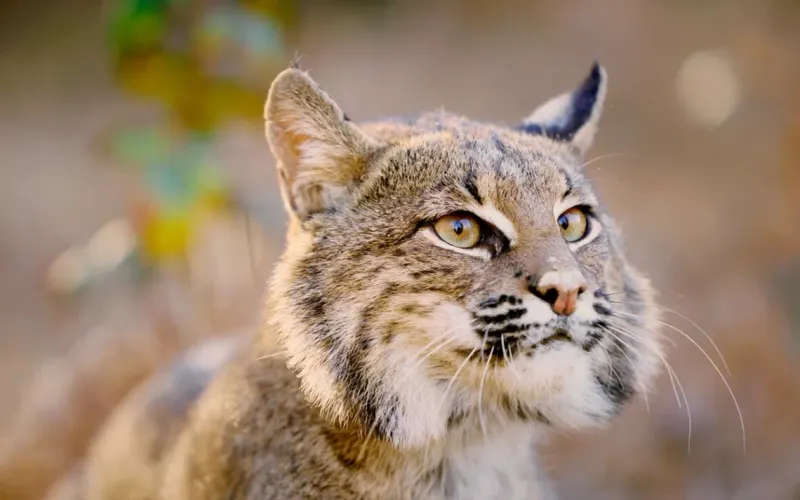
Healthy bobcat populations signal a thriving ecosystem! As top predators with large territory needs, their presence indicates the landscape can support complete food webs.
Scientists use bobcat numbers as a measuring stick for overall ecosystem health. When these adaptable cats flourish, it suggests the environment has enough prey diversity, suitable habitat, and functional ecological connections to maintain nature’s delicate balance.


